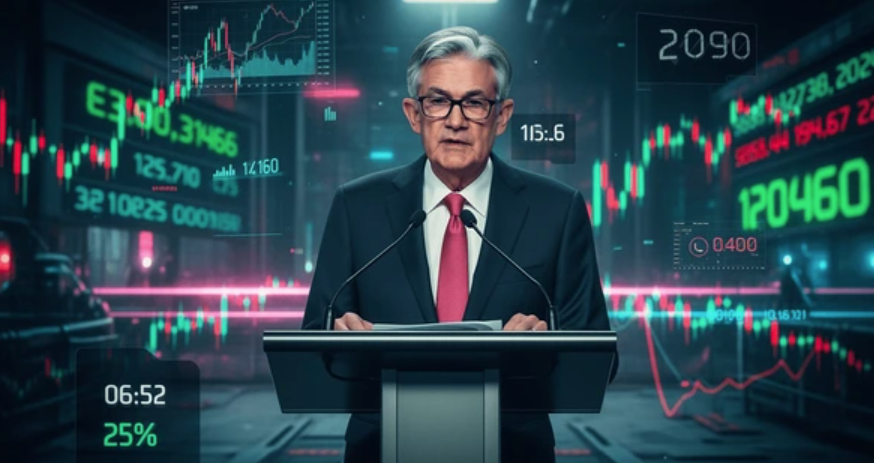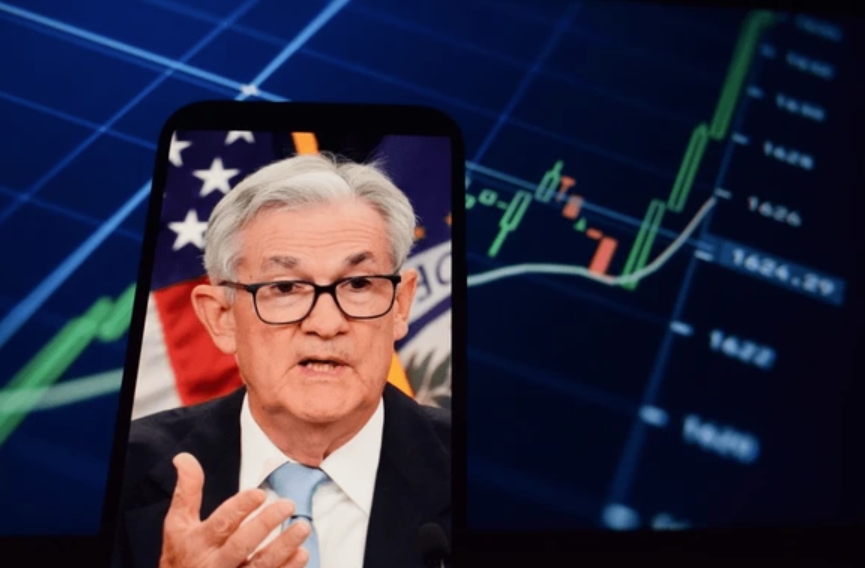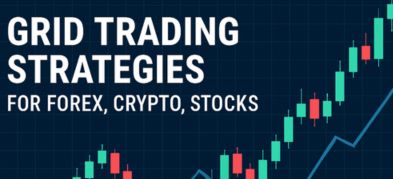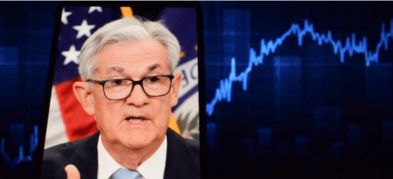Important Information
This website is managed by Ultima Markets’ international entities, and it’s important to emphasise that they are not subject to regulation by the FCA in the UK. Therefore, you must understand that you will not have the FCA’s protection when investing through this website – for example:
- You will not be guaranteed Negative Balance Protection
- You will not be protected by FCA’s leverage restrictions
- You will not have the right to settle disputes via the Financial Ombudsman Service (FOS)
- You will not be protected by Financial Services Compensation Scheme (FSCS)
- Any monies deposited will not be afforded the protection required under the FCA Client Assets Sourcebook. The level of protection for your funds will be determined by the regulations of the relevant local regulator.
Note: Ultima Markets is currently developing a dedicated website for UK clients and expects to onboard UK clients under FCA regulations in 2026.
If you would like to proceed and visit this website, you acknowledge and confirm the following:
- 1.The website is owned by Ultima Markets’ international entities and not by Ultima Markets UK Ltd, which is regulated by the FCA.
- 2.Ultima Markets Limited, or any of the Ultima Markets international entities, are neither based in the UK nor licensed by the FCA.
- 3.You are accessing the website at your own initiative and have not been solicited by Ultima Markets Limited in any way.
- 4.Investing through this website does not grant you the protections provided by the FCA.
- 5.Should you choose to invest through this website or with any of the international Ultima Markets entities, you will be subject to the rules and regulations of the relevant international regulatory authorities, not the FCA.
Ultima Markets wants to make it clear that we are duly licensed and authorised to offer the services and financial derivative products listed on our website. Individuals accessing this website and registering a trading account do so entirely of their own volition and without prior solicitation.
By confirming your decision to proceed with entering the website, you hereby affirm that this decision was solely initiated by you, and no solicitation has been made by any Ultima Markets entity.
I confirm my intention to proceed and enter this websiteFederal Reserve Chair Jerome Powell’s latest remarks on interest rates at the Jackson Hole Symposium have shifted market expectations and sparked a wave of volatility across currencies and stocks. By hinting that the Fed could begin cutting rates as soon as September, Powell has put “Jerome Powell interest rates” at the centre of global market discussions. For traders, the speech is more than policy guidance, it’s a signal that shapes strategies in forex, equities, and bonds, with every word carefully weighed against upcoming jobs and inflation data.
What did Jerome Powell say at Jackson Hole about interest rates?
At the Jackson Hole Symposium on 22 August 2025, Fed Chair Jerome Powell signaled that the U.S. central bank may need to cut interest rates as early as September. He noted signs of a softening labour market but warned that tariff-driven inflation risks remain. Powell stressed that any decision will remain data-dependent, especially with key jobs and inflation releases due in early September.

What is the current Fed interest rate and when could it change?
The federal funds target range stands at 4.25%–4.50%. According to futures markets, traders are pricing in an 80–90% probability of a 25 basis-point cut at the 16–17 September FOMC meeting, provided the upcoming nonfarm payrolls (5 September) and CPI/PPI reports confirm easing pressures.
Did markets rally on Powell’s signal?
Yes. On 22 August, the Dow Jones surged ~846 points, marking its first record close of 2025. The S&P 500 rose ~1.5%, the Nasdaq gained ~1.9%, and the Russell 2000 small-cap index outperformed with a 3.9% jump. This reflects strong investor confidence that rate cuts could ease borrowing costs and boost growth. By 25 August, stocks pulled back slightly as traders refocused on upcoming data.
How do interest rate cuts affect the U.S. dollar?
Historically, rate cuts tend to weigh on the U.S. dollar as yields fall relative to peers. Immediately after Powell’s dovish remarks, the dollar weakened, helping boost major Asian currencies. However, by Monday (25 August), the USD rebounded as traders squared positions ahead of data, showing how FX markets remain two-sided until policy is confirmed.
How did Asian FX react to Powell’s signal?
- Chinese yuan (CNY): The PBOC fixed the yuan at 7.1161 per USD, its strongest level in nine months, underscoring the impact of Powell’s dovish tilt.
- Indian rupee (INR): The rupee opened stronger at ₹87.36–₹87.38 per USD, but gains faded later in the session as tariff concerns weighed on sentiment.
Which stock sectors benefit if Powell cuts rates?
- Technology & growth stocks: Lower discount rates boost valuations for companies with long-term earnings potential. Big Tech and semiconductors rallied following Powell’s speech.
- Small caps: The Russell 2000 gained 3.9%, showing how rate-sensitive firms benefit from cheaper borrowing.
- Cyclicals: If rate cuts translate into stronger demand, industrials and consumer discretionary stocks could also gain momentum.
By contrast, defensive sectors may underperform if investors rotate into riskier assets, though Powell’s caution means any shift could be gradual.
Why did Powell signal a rate cut?
Powell highlighted a cooling labour market, with fewer job openings and slower wage growth, suggesting the Fed’s tightening cycle has eased economic pressure. At the same time, he acknowledged the risk of tariffs pushing inflation higher, meaning cuts will be gradual and conditional. This balance addressing growth risks without losing inflation control, explains why markets expect measured, not aggressive, easing.

What does Powell’s speech mean for traders?
Jerome Powell’s Jackson Hole speech carries direct implications for traders across forex, equities, and bonds. His signal of potential September rate cuts shifts the market landscape in three ways:
Forex traders
- USD outlook: A dovish Fed usually weakens the U.S. dollar, creating opportunities in USD/JPY, EUR/USD, and GBP/USD.
- Emerging markets: Currencies like the Chinese yuan (CNY) and Indian rupee (INR) already firmed after Powell’s comments. If cuts proceed, EMFX could see more inflows as investors seek higher yields.
- Risk: If upcoming jobs and inflation data surprise to the upside, expectations of a September cut could fade, reversing dollar weakness.
Equity traders
- Growth stocks & Tech: Lower interest rates reduce discount rates, boosting valuations for long-duration sectors such as technology. The Nasdaq and Russell 2000 both surged after Powell’s remarks.
- Small caps: The Russell 2000’s 3.9% rally shows how rate-sensitive companies benefit most from cheaper financing.
- Volatility risk: If Powell’s hint does not translate into a confirmed cut, stocks could retrace sharply.
Bond traders
- Treasury yields: After Powell’s dovish tilt, yields fell as traders priced in lower policy rates. Short-dated Treasuries are most sensitive, and positioning in the 2-year note reflects market conviction about September.
- Credit markets: Cheaper borrowing costs may support corporate bonds, but spreads remain vulnerable if growth slows more than expected.
Sentiment & strategy
- Traders should treat Powell’s remarks as a signal, not a guarantee. His emphasis on data dependence means that U.S. payrolls (5 Sept) and CPI (11 Sept) will decide the Fed’s next step.
- In practice, this creates a two-way market: traders can position for USD and equity moves but must manage risk around data volatility.
Conclusion
Jerome Powell’s Jackson Hole speech has reshaped expectations. Markets now widely anticipate the first Fed rate cut in nine months, potentially at the September FOMC meeting.
- Currencies: USD softens, CNY and INR strengthen.
- Stocks: Tech and small caps rally, defensives may lag.
- Outlook: Watch U.S. jobs and inflation data, they will decide whether Powell follows through.
Disclaimer: This content is provided for informational purposes only and does not constitute, and should not be construed as, financial, investment, or other professional advice. No statement or opinion contained here in should be considered a recommendation by Ultima Markets or the author regarding any specific investment product, strategy, or transaction. Readers are advised not to rely solely on this material when making investment decisions and should seek independent advice where appropriate.












